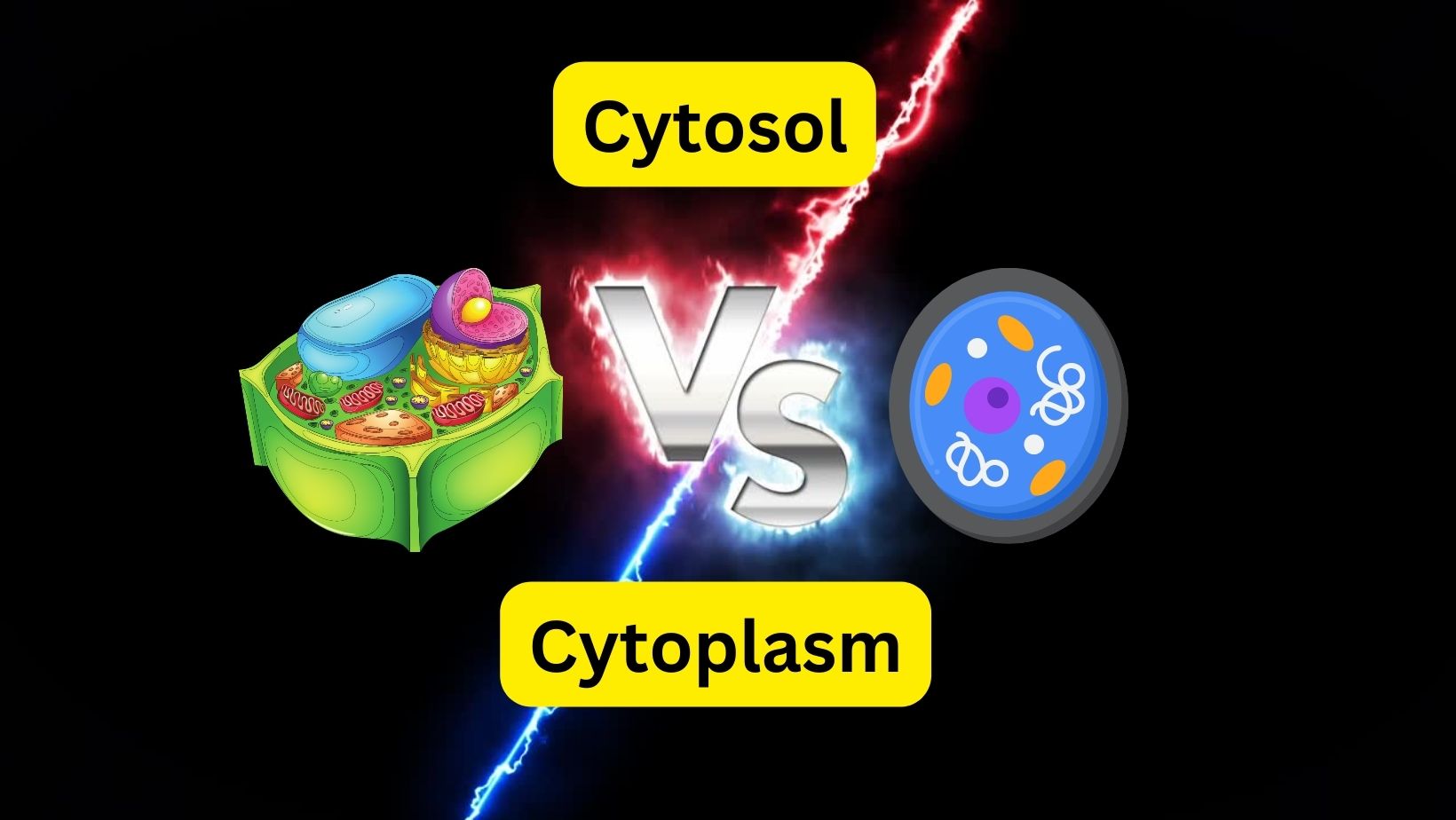
Do you want to know what is the difference between cytosol and cytoplasm? You have landed at the right place. The cell is composed of two components: cytosol and cytoplasm. Cytosol is part of the cell’s cytoplasm. It is the intracellular fluid of the cell. The cytosol is the site of most metabolic reactions. Both cytosols and cytoplasm contain the most water. The major difference between cytosol & cytoplasm lies in the fact that cytosol is part of the cytoplasm, whereas cytoplasm is part of the cell’s cell membrane.
What is the Cytosol?
The cytosol, a liquid that is part of the cytoplasm’s matrix, is one example. This liquid is made up of intracellular fluid. It is separated by the cell membrane into the mitochondrial matrix and chloroplast-stroma-like structures. The cytosol is a component in the cytoplasm of eukaryotes. It surrounds organelles in the cell. The cytosol is where metabolic reactions take place in prokaryotes. Most metabolic reactions in eukaryotes occur within the organelles, rather than the cytosol.
What is the Cytoplasm?
The cell membrane surrounds the cytoplasm, which is the cytoplasm. The cytosol is also a part of the cytoplasm. The cytoplasm also contains organelles, other than the cytosol. All cellular structures in prokaryotes are found embedded within the cytoplasm. Anyhow, let’s check below the difference between cytosol and cytoplasm.
What is the Difference Between Cytosol and Cytoplasm
The intra-cellular fluid found inside cells is called cytosol. After the process of eukaryotes begins, the fluid is separated from the organelles (mitochondrial matrix) and other contents that float around in the cytosol by the cell membrane. Cytosol refers to the part of the cell’s cytoplasm not held by any organelles. Cytoplasm, on the other hand is the portion of the cell that is contained within the whole cell membrane. It is the entire cell membrane content, excluding the contents of the nucleus.
- The cytoplasm contains all the cell organelles found in eukaryotic cells.The cytoplasm’s central, granular mass is called the
- Endoplasm is the surrounding lucid layer, whereas the cell cortex (or the ectoplasm) is the cell cortex.
All the prokaryotic metabolic chemical reactions take place in the cytosol. The cytoplasm is home to large-scale cellular activities, including cell division, glycolis and other metabolic pathways. The semi-transparent, gelatinous liquid called cytoplasm fills the cells. It includes the mitochondrion and golgi apparatus, vacuoles and plastids as well as the cell wall, endoplasmicreticulum, and the cell wall.

Concentration gradients, protein complexes and protein compartments are the major components of cytosol. Despite the fact that none of these components is eliminated by,
Cell membranes don’t allow for as many levels of union, so definite molecules are restricted to specific locations within the cytosol. The cytoplasm, on the other hand, is composed of three main elements: the cytosol and cell organelles, as well as the inclusions.
The essential composition of cytosol consists of large amounts of water, dissolvedions, large water-soluble molecules, small minute molecules and proteins. Combining diminutive molecules can lead to a complex solution that involves every molecule involved in metabolism.
Cytoplasm, on the other side, is composed of up to 80% water. The cytoplasm also contains nucleic acid, enzymes and non-organicions, as well as amino acids, carbs, and light molecular compounds. The cytoplasm also has salts and nutrients that are in a dissolved form, which allows the cells to absorb the water components.
The cytoplasm is an excellent conductor for electricity. The presence of cytoplasm in a cell allows different materials to navigate within it with the aid of cytoplasmic streaming.
Summary:
- The intra-cellular fluid found inside cells is called cytosol.Cytoplasm, on the other hand is the part of a cell that is enclosed within the entire cell membrane.
- Cytosol is composed of large amounts of water, dissolvedions, large water-soluble molecules, small minute molecules, and proteins.Cytoplasm, on the other hand, is composed of up to 80% water.
- Acids, enzymes and lipids, as well as non-organicions, amino acids and carbohydrates, and light molecular compounds.
- All the prokaryotic metabolic chemical reactions take place in the cytosol.Large-scale cellular activities, including cell division and glycolis, take place in the cytosol.






